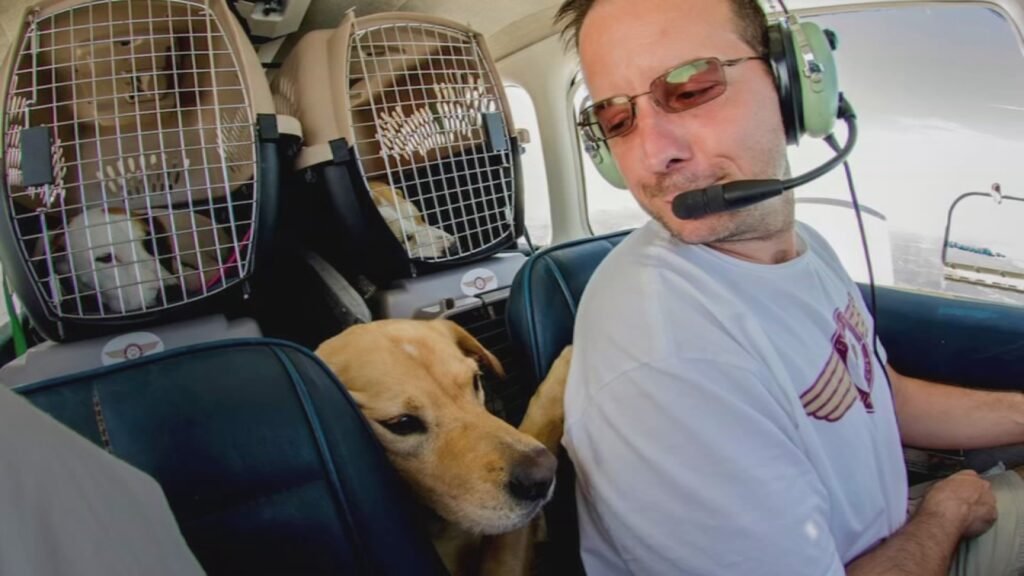In an age where animal welfare and conservation are increasingly prominent concerns, the debate surrounding the ethics of zoos and aquariums continues to provoke intense discussion. While these institutions are often portrayed as centers for education and conservation, there is a growing call to reevaluate their practices, especially when it comes to the treatment of animals used for human entertainment. This article aims to expose the ethical implications of using animals for entertainment in these facilities and argues for a paradigm shift toward a future where wildlife is neither captured nor bred for display.
The Illusion of Conservation and Education
Zoos and aquariums frequently justify their existence with claims of conservation and education. They assert that by housing animals and educating the public, they contribute to species preservation and foster a connection between people and wildlife. However, this narrative often oversimplifies the reality faced by animals in captivity.
- Misleading Conservation Claims: While some zoos and aquariums do participate in breeding programs for endangered species, these efforts frequently fail to address the root causes of species decline, such as habitat destruction and poaching. Moreover, the effectiveness of these programs in genuinely contributing to conservation is debated. Many species bred in captivity are never reintroduced to the wild, and the focus often shifts more toward maintaining a spectacle for visitors rather than addressing broader conservation needs.
- Educational Value: The educational value of observing animals in captivity is questionable. Studies show that interactions with animals in confined spaces do not necessarily translate into a deeper understanding of their natural behaviors or ecosystems. Instead, these experiences can lead to misconceptions about animals’ natural lives, as they often exhibit abnormal behaviors due to stress and confinement.
The Hidden Cost of Captivity
The reality of life in zoos and aquariums for many animals is far from the idyllic images often portrayed. The costs of captivity are profound and multifaceted:
- Physical and Psychological Suffering: Animals in captivity are subjected to unnatural living conditions that can lead to a range of health problems, from chronic stress and obesity to behavioral abnormalities like pacing and self-mutilation. Unlike their wild counterparts, these animals lack the opportunity to engage in natural behaviors, which is crucial for their mental and physical well-being.
- Ethical Concerns of Breeding: The breeding of animals in captivity often raises ethical issues. Many animals are bred not for conservation purposes but to maintain a continuous supply of exhibits. This practice leads to overcrowded conditions and the potential for inbreeding, which can further exacerbate health problems and reduce genetic diversity.
- Impact on Wild Populations: The capture of wild animals for display in zoos and aquariums disrupts ecosystems and contributes to the decline of wild populations. Removing individuals from their natural habitats can have cascading effects on the ecological balance and can lead to significant population declines in the wild.
A Call for Change: Rethinking the Role of Zoos and Aquariums
Given the ethical and practical concerns associated with the use of animals for human entertainment, it is imperative to consider alternatives that respect animal welfare and prioritize conservation efforts without relying on captivity:
- Sanctuaries and Rescues: Instead of zoos and aquariums, wildlife sanctuaries and rescue organizations offer more humane alternatives. These facilities provide lifelong care for animals rescued from captivity or abusive situations and focus on rehabilitation and the natural behaviors of the animals. They do not breed or capture animals from the wild, and they emphasize education about the plight of wildlife in their natural habitats.
- Virtual and Augmented Reality: Technological advancements offer new ways to experience and learn about wildlife without the need for physical captivity. Virtual and augmented reality experiences can provide immersive, educational encounters with animals in their natural environments, fostering empathy and understanding without harming real animals.
- Conservation Efforts and Habitat Protection: Directly supporting and investing in conservation programs that protect wildlife habitats and address the causes of species decline is crucial. Effective conservation work involves protecting natural environments, combatting illegal poaching, and addressing climate change impacts, rather than focusing on the display of animals in artificial settings.
The use of animals for human entertainment in zoos and aquariums raises significant ethical concerns and often results in more harm than benefit to the animals involved. As awareness grows about the true costs of captivity and the limitations of traditional conservation methods, there is a pressing need to reimagine how we interact with and protect wildlife. By prioritizing sanctuaries, technological innovations, and habitat conservation, we can create a future where the well-being of animals is respected, and their natural lives are preserved. The time has come to move beyond outdated practices and embrace a more compassionate and effective approach to wildlife conservation and education.


